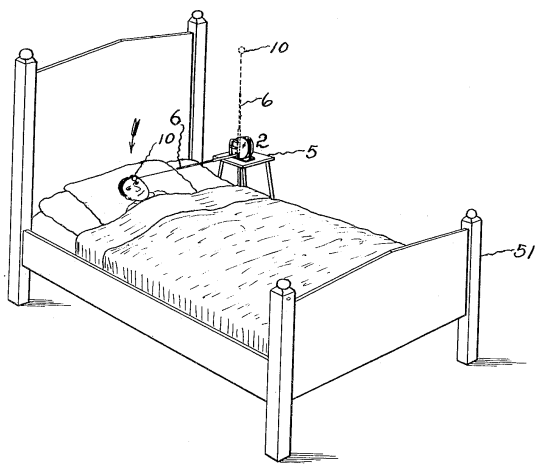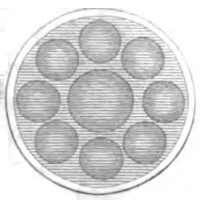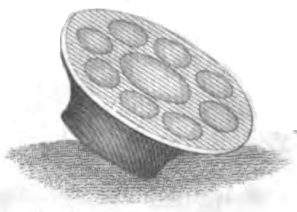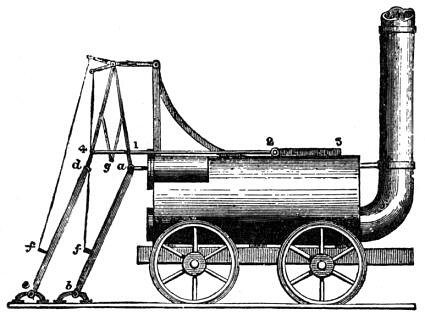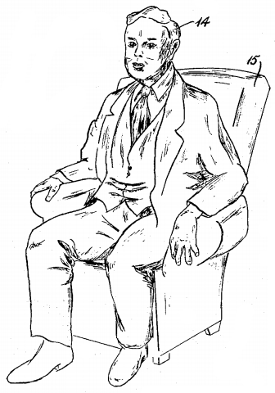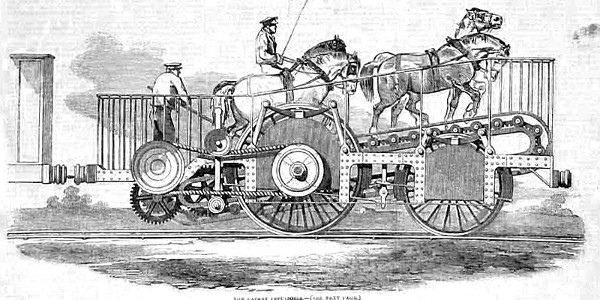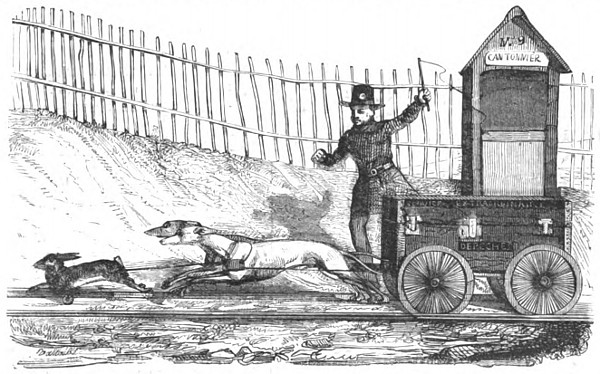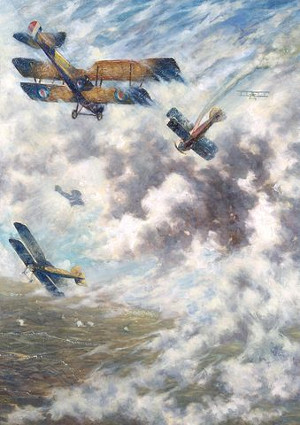excogitous
adj. inventive
volitorial
adj. pertaining to flying
empyreuma
n. a burnt smell
Newsreel men recently witnessed an unscheduled drama as flames ended the attempt of Constantinos Vlachos, co-inventor of one of the strangest of flying craft, to win government aid for its development. He had planned an ascent from the lawn of the Congressional Library at Washington, D.C., to demonstrate his ‘triphibian,’ which he claimed could navigate in the air, on land, or in the water. Hardly had he started the motor when fire enveloped the machine. Spectators dashed to his aid and dragged him, severely burned, from the blazing wreck.
— Popular Science, January 1936
(Thanks, Tucker.)

